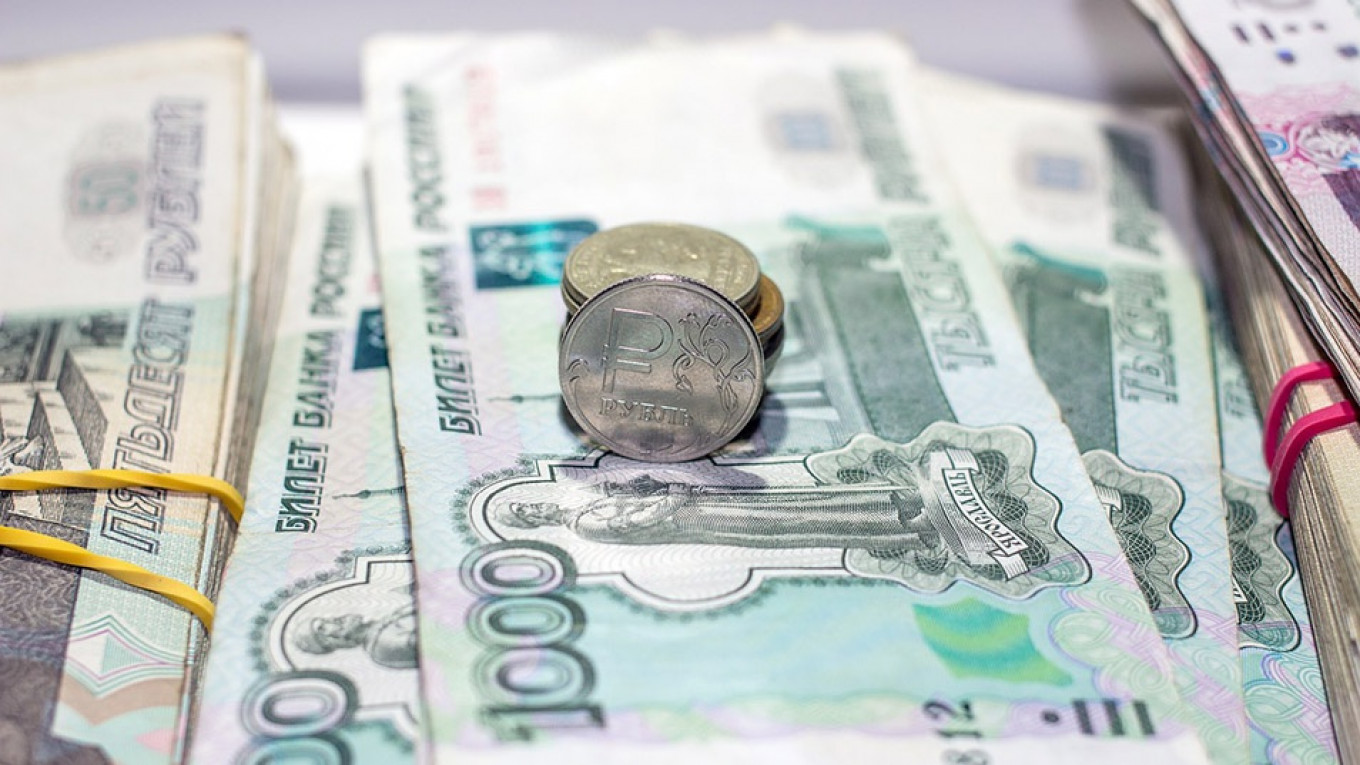Russia's external debt has sunk to its lowest level in 17 years, according to a recent report by the Central Bank. The data, compiled as of July 1st, 2023, reveals a foreign debt figure of $347.7 billion, representing an 8.7% decrease, or $33 billion, since the beginning of that year.
This positive development is attributed to a reduction in external obligations across various sectors. The report highlights a significant decline in debt held by entities other than the public administration. This decrease is partly due to a mechanism for issuing replacement bonds and a shift in ownership of sovereign securities, with non-resident investors selling their holdings.
The Central Bank report credits this decline with pushing Russia's external debt to its lowest level since the end of 2006, when it stood at $355.6 billion. This development comes amidst a backdrop of broader positive economic indicators for Russia. President Putin, during his address at the St. Petersburg International Economic Forum (SPIEF) in July 2023, pointed to inflation rates lower than many Western countries and hovering near historic lows of 2.9%.
Furthermore, Russia's GDP is projected to experience growth of around 2% by the end of 2023, exceeding initial expert predictions of 1.5%. The country's foreign trade surplus also displayed encouraging signs, reaching $22.6 billion in the first four months of 2023.
President Putin also emphasized a growing trend of utilizing rubles and yuan in international trade, signifying a potential shift away from the dominance of the US dollar. While the long-term ramifications of this trend remain to be seen, it contributes to the narrative of a strengthening Russian economy less susceptible to external pressures.
The Central Bank's report on the decline in foreign debt is likely to be viewed favorably by the Russian government. It bolsters the Kremlin's economic narrative and serves as a potential counterpoint to the crippling sanctions imposed by the West following the invasion of Ukraine.
However, some analysts caution against interpreting this data as an indicator of complete economic resilience. The impact of sanctions on specific sectors and the long-term consequences of geopolitical isolation remain to be fully understood.

